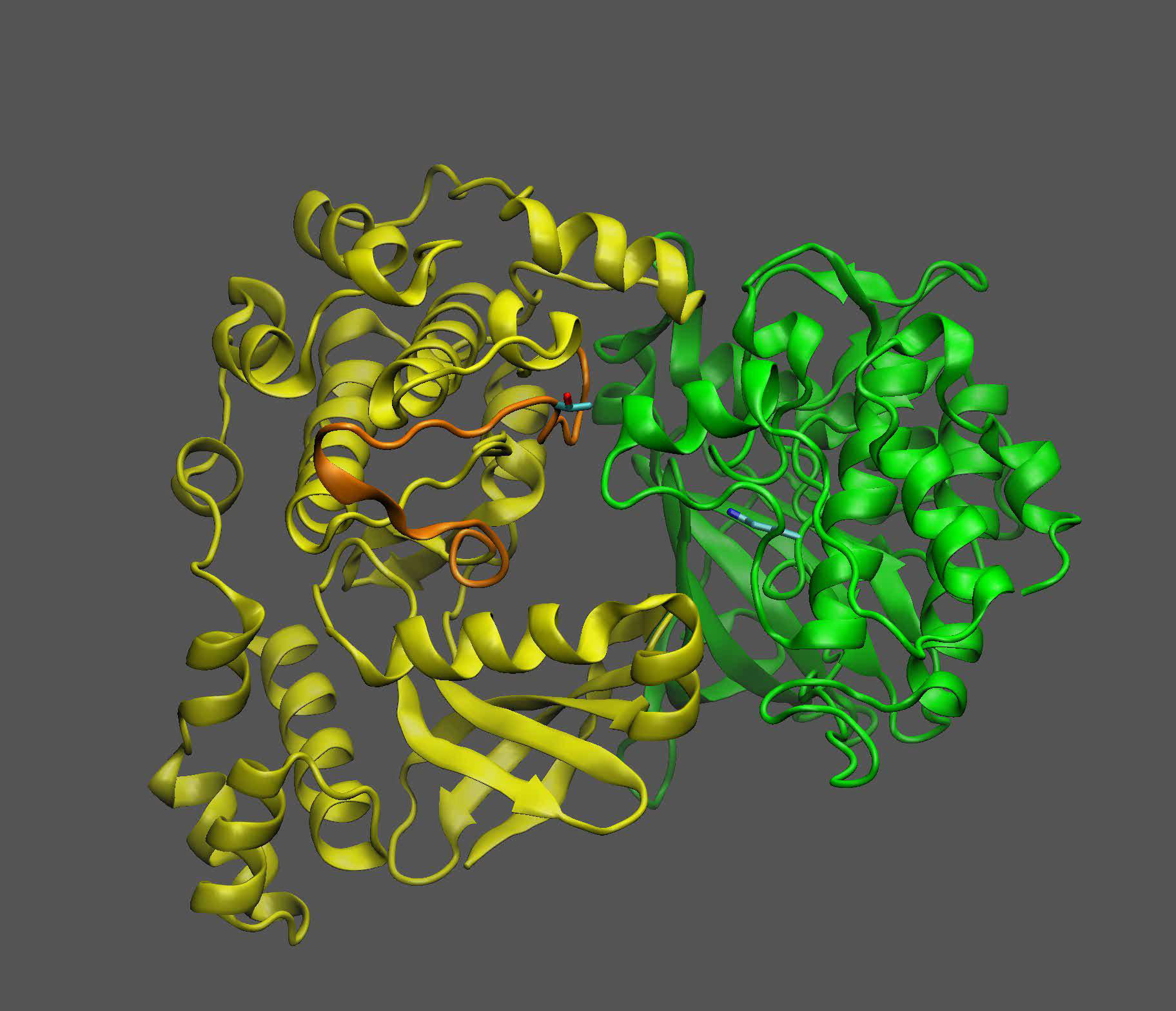Puri and Farka’s term “stallflation,” outlined at the April 30 Economic and International Trade Forecast, promises stalled growth coupled with persistent inflation.
“In the short-run, over the next six to eight months, we are more enthusiastic than the consensus,” they reported. “Continued growth is more likely to accelerate than downshift, given the tailwinds propelling it: immediate rate cuts, strong balance sheets, excess savings, fiscal support, and a buoyant stock market. But the outlook is more cautious longer term, not in the least because the very strength – and resiliency – of the U.S. economy coupled with expectations of rate cuts will likely sow the seeds of imbalances that may come to haunt us down the line.”
Inflation, which has declined sharply from a more than 9% peak in 2022, might linger. However, the most likely scenario is a stagflationary-like environment where growth slows to below 2% and inflation remains range-bound between 3% and 4%, said Puri and Farka, who lead the Woods Center for Economic Analysis and Forecasting.
For the first time, the spring forecast was coupled with an in-depth discussion on international trade, sponsored by the Orange County/Inland Empire chapter of the Small Business Development Center.
Trade Forecast Looks at Global Export Trends
Farka and Economics Professor Adrian Fleissig noted that the world is in a pullback from the hyper-globalization of recent decades, which began with Brexit and U.S.-China trade wars late in the 2010s, and then accelerated during the COVID-19 pandemic and the recent geopolitical crises in the Middle East and Europe.
“The fracturing of the consensus on globalization is ushering in a new system, one where the traditional vision of global interconnectedness is being replaced by a world of cliques and walls,” explained Farka and Fleissig. “Trade and business relations are further strengthened between countries in the same clique – or club – via harmonization of regulatory systems, further integration, and trade ties. Walls are erected to do exactly the opposite, creating trade barriers and fewer trade relations among countries belonging to other clubs.”
A Resilient U.S. Economy
Internationally, there are several points of concern, including Iran’s unprecedented attack on Israel and the Israeli response, attacks by Houthi rebels on Red Sea shipping, a major drought in Central America impacting the Panama Canal, geopolitical tensions in East Asia and a major earthquake in Taiwan, and the recent collapse of the Francis Scott Key Bridge in Baltimore Harbor in the United States.
“None of this means that the world is headed for another bout of supply chain bottlenecks similar to the post-pandemic snarls that prevailed in 2021 and in early 2022,” explained Puri and Farka. “But it does add strain to fragile supply lines and reverses some of the disinflationary gains which were a direct result of supply chain normalizations.”
Puri and Farka then pointed to three trends: the AI boom (and boom in productivity), excess savings, but most importantly continued government spending in the form of muscular industrial policy.
Employment Outlook
Unemployment rates are historically low. But most of the newly-created jobs are part-time jobs. Full-time jobs actually declined by 250,000 in the first quarter of 2024, but part-time employment is up by 838,000.
High interest rates have not hurt the high earners much because their own assets yield high interest, and their mortgages are pegged at lower rates. The lower income tiers are hurt by high rates because they don’t own assets and also rent, thus making homeownership further out of reach. Many have also accumulated higher debt through credit card usage.
Orange County View
If the national economic situation is decidedly more positive than was anticipated just months ago, Southern California and Orange County stand in contrast with lackluster growth across many metrics.
“The state is grappling with a myriad of pressing issues: slower employment growth, tech layoffs, a housing crisis, a homeless crisis, and eye-watering budget deficits. The overall health for the regional economies of Southern California, which includes Orange County, Los Angeles County, Ventura County and the Inland Empire, was rather mixed last year,” Puri and Farka reported. “In some ways, rather ironically, our previous forecasts of slowing growth came closer to being correct for California and the Southern California region than for the national economy.”
-
California had the highest unemployment rate in the nation as of the most recent available data in February 2024, at 5.3%.
-
Household employment growth has turned negative in the last three months. Healthcare, education and government jobs are the main bright spots in the local vocational picture.
-
After an initial downturn in 2022, home prices are back up to record highs in many parts of the Southland. And that makes the affordable housing and homelessness crises worse.
About Cal State Fullerton: The largest university in the CSU and the only campus in Orange County, Cal State Fullerton offers more than 100 degree programs and Division 1 athletics. Recognized as a national model for supporting student success, CSUF excels with innovative, high-impact educational practices, including faculty-student collaborative research, study abroad and competitive internships. CSUF is a top public university known for its success in supporting first-generation and underrepresented students, and preparing all students to become leaders in the global marketplace. Our vibrant and diverse campus is a primary driver of workforce and economic development in the region. Visit fullerton.edu.
# # #


